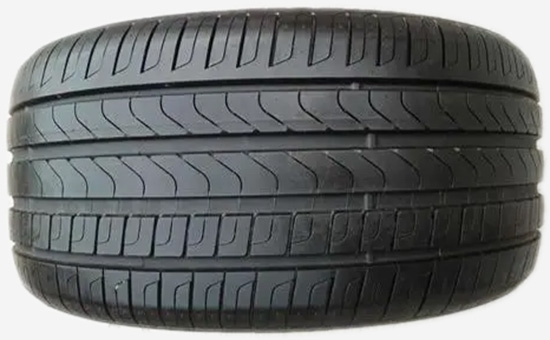
The main component of natural rubber is cis-1,4-polyisoprene, rubber hydrocarbon accounts for 91% to 94%, and the rest is a small amount of non-rubber substances such as protein, fatty acid, ash, sugar, etc., which has high mechanical strength and good elasticity. , Flexural resistance, electrical insulation, etc. Butadiene rubber is the abbreviation of cis-1,4-polybutadiene rubber. It is polymerized by butadiene. Its cis structure content is more than 95%. It has high elasticity, good abrasion resistance, and good cold resistance. Features such as low heat generation, flexural resistance and good dynamic performance.
In actual production, natural rubber is often blended with butadiene rubber to prepare various rubber products. Why?
1. The role of blending
Adding proper amount of butadiene rubber to the production of rubber products with natural rubber as the main raw material can further improve the cold resistance, wear resistance, elasticity and dynamic properties of natural rubber products. The addition of natural rubber 2YLYY428 to the butadiene rubber can improve the roller behavior of the butadiene rubber, increase the viscosity, and further increase the tear strength and tensile strength of the vulcanizate. In actual production, the combined use of natural rubber and styrene-butadiene rubber to prepare tires can also improve the traction of the tire on wet roads and reduce chipping and blockage in the later stage of aging.
2. Use of blended rubber
The compound of natural rubber and butadiene rubber can be used to prepare various vehicle tires, conveyor belts, hoses, rubber cloth, rubber shoes, etc., and can also be used to produce cushioning materials, cold-resistant products, sponge rubber, etc. The rubber has good process performance and finished machinery. Strength, wear resistance, tear resistance, aging resistance and other comprehensive indicators are better. In actual production, natural rubber and butadiene rubber can also be used together with an appropriate amount of styrene-butadiene rubber when preparing tires.
3. Precautions for rubber blending
The combined use of natural rubber and butadiene rubber can improve the performance of the rubber compound and the performance of the finished product. The following three issues should be paid attention to when blending: The compatibility amid polymers can be microscopic and heterogeneous, but must be macroscopic and homogeneous. ; The distribution of the compounding agent in each phase of the polymer should be reasonable; the vulcanization should be basically synchronized, and it is best to have cross-linking amid the interfaces.
4. Blend with other rubber
Tires are often used in natural rubber/butadiene rubber compound. In tire production, blending natural rubber/butadiene rubber/styrene butadiene rubber can better achieve the best balance among the wear resistance, traction and rolling resistance of the tire during driving. On the whole, the combined use of NR/BR/SBR can better complement the processing performance of the rubber compound and the physical and dynamic properties of the product.
The natural rubber/butadiene rubber compound can also be mixed with reclaimed rubber (mainly latex reclaimed rubber and tire reclaimed rubber) to further improve the process performance of the rubber and reduce the cost of raw materials, especially the plasticity and anti-vulcanization resistance. , The later editor will discuss relevant issues in more detail with you.
Exclusive original article [commercial authorization] reprint, excerpt and excerpt in any form are prohibited without written authorization. Focus on Hongyun rubber: learn the process formula and raw material technology of producing rubber products from recycled rubber to help you reduce costs and increase profits